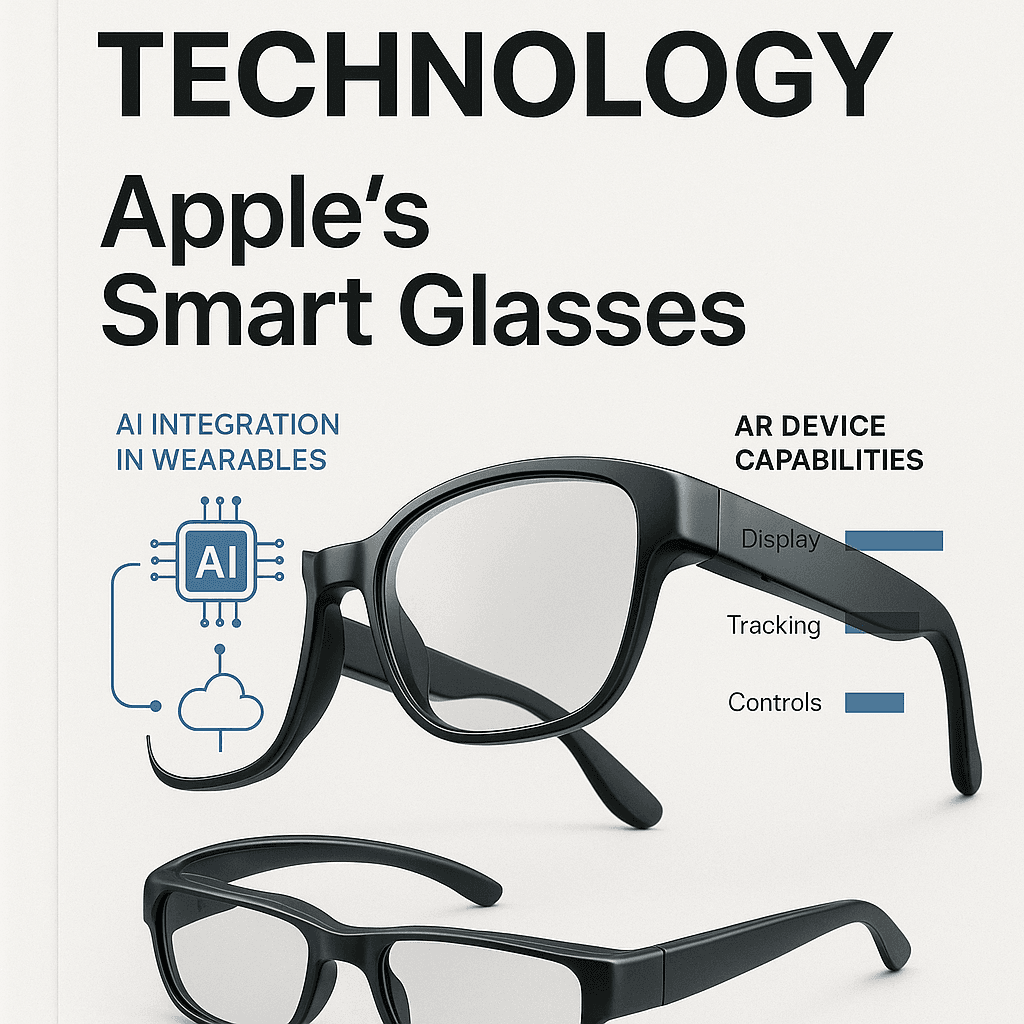TL;DR
- Apple is designing smart glasses set for a 2026 release.
- This move is part of a broader strategy to enhance its AI capabilities.
- Plans for a smartwatch with a camera have been discarded.
- The development reflects a shift towards augmented reality over wearable cameras.
In a strategic pivot aligning with its innovative reputation, Apple has unveiled plans to launch its highly anticipated smart glasses in 2026. This announcement marks a crucial turn in Apple's approach, emphasizing augmented reality (AR) and artificial intelligence (AI) as foundations for future technology. While the tech giant has opted not to proceed with integrating a camera into their smartwatch line, this decision underscores a focused commitment to reshaping digital interaction via AR.
Apple's endeavor with smart glasses is a part of a significant push to integrate more sophisticated AI into consumer devices. By 2026, these glasses are expected to not only feature cutting-edge optical displays but also seamlessly incorporate AI-driven functionalities. Such innovations herald a new era in AR, promising users an enriched blend of digital information in real-time visual contexts.
Industry experts suggest that Apple's decision to sidestep a camera on their smartwatch might stem from potential privacy concerns and the practicality of camera positioning and ergonomics on the wrist. Meanwhile, shifting resources to glasses aligns with Apple's long-term vision in embracing new wearables that augment rather than simply monitor.
Last year, Samsung and Google made similar AR and AI strides, foretelling a competitive chase in developing the next must-have gadget for tech enthusiasts. In Apple's case, the planned glasses could redefine user interfaces in diverse scenarios—from consumer navigation aids in bustling cities to complex corporate environments.
In conclusion, as Apple gears up for this groundbreaking launch, possibilities and expectations are high. For tech-savvy consumers and industry watchers, these developments signal a packed decade where AR could become integral to everyday tech use, further blurring the lines between the physical and digital worlds.












